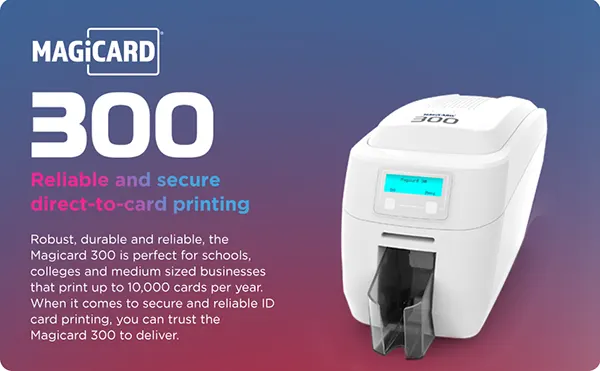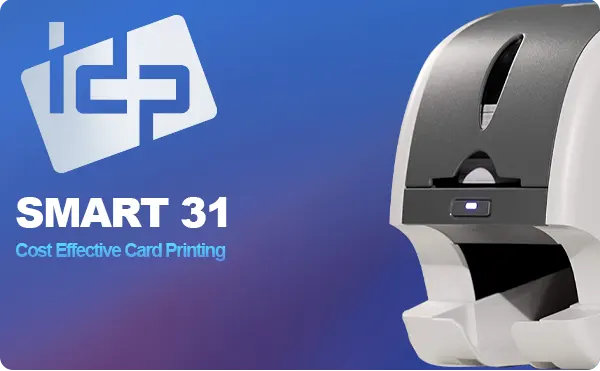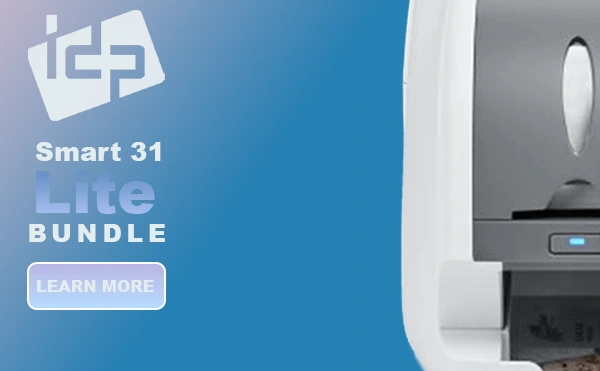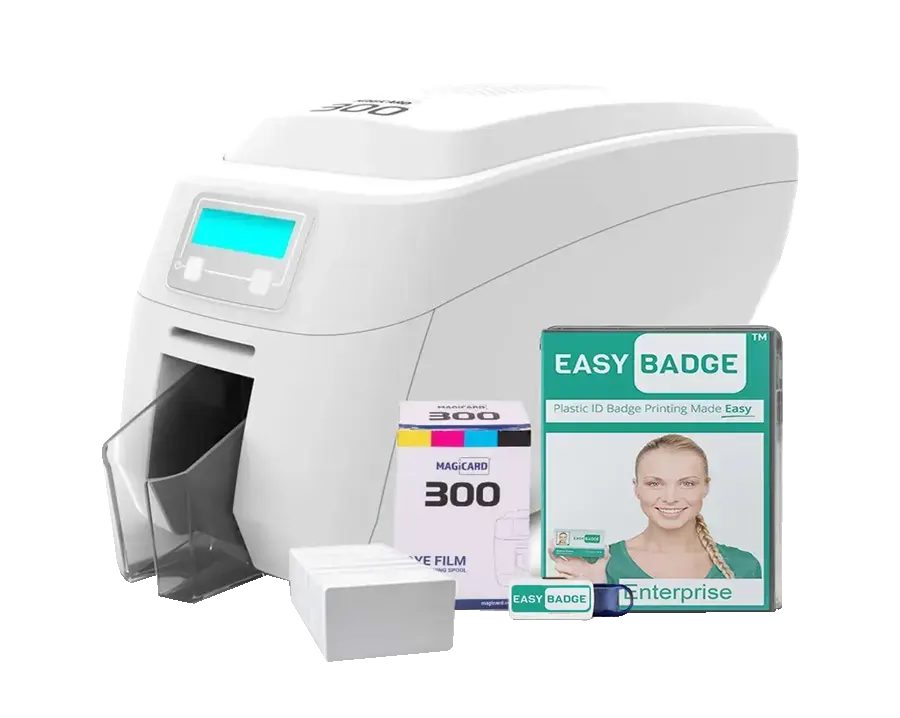Gift Card Technology
Gift cards have evolved significantly over the years, becoming a staple in both physical and digital retail spaces. The technology behind gift cards is diverse and sophisticated, encompassing barcodes, magnetic stripes, and smart chips. Let’s delve into the intricacies of gift card technology and explore how each of these components contributes to a seamless and secure user experience.
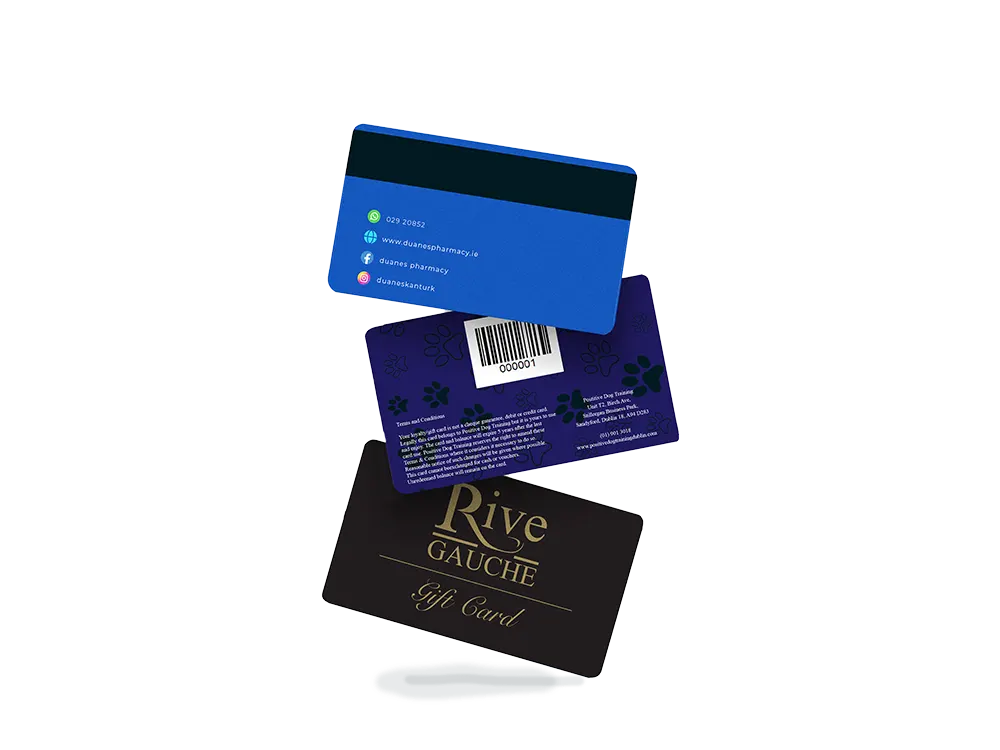
Magstripe Cards
Magstripe gift cards, also known as magnetic stripe gift cards, are another popular choice. These cards feature a magnetic stripe that stores data, which can be read by a magnetic stripe reader.
How Magstripe Cards Work
The magnetic stripe on these cards contains a series of tiny iron-based magnetic particles. When the card is swiped through a reader, the reader interprets the magnetic patterns to extract the encoded data. This data includes information about the card’s value and any security features.

Barcode Gift Cards
Barcode gift cards are one of the most common types in the market. These cards utilize a series of parallel lines and spaces that can be scanned by a barcode reader. Each barcode is unique and encodes information about the card’s value and other relevant details.
How Barcode Cards Work
When a barcode gift card is scanned, the encoded information is transmitted to the retailer’s system. This system then verifies the card’s authenticity and balance, ensuring that the transaction can proceed. Barcode technology is widely used due to its simplicity and cost-effectiveness.

Smart Gift Cards
Smart chip gift cards represent the latest advancement in gift card technology. These cards are equipped with a small embedded microchip that enhances security and functionality.
How Smart Chip Cards Work
The smart chip contains a microprocessor that stores and processes data. When the card is inserted into a chip reader, the microchip communicates with the retailer’s system to verify the card’s authenticity and balance. Smart chips offer superior security compared to barcodes and magnetic stripes, making them a preferred choice for high-value transactions.

Comparing Gift Card Technologies
Each type of gift card technology has its own strengths and weaknesses. Understanding these differences can help consumers and retailers make informed decisions about which type of gift card to use.
Barcode gift cards are straightforward and easy to use, but they are also more susceptible to wear and tear. The barcode can become unreadable if the card is damaged, which can be a disadvantage.
Magstripe gift cards, on the other hand, are more robust and can withstand more wear and tear. However, they are more expensive to produce and require specialized readers, which can be a drawback for some retailers.
Smart chip gift cards offer the highest level of security and functionality. They are virtually impossible to counterfeit, making them an excellent choice for high-value transactions. Additionally, smart chips can store more data than barcodes or magnetic stripes, allowing for additional features such as loyalty programs and promotional offers.
Benefits Of Gift Card Technologies
The adoption of advanced gift card technology brings numerous advantages to both businesses and consumers:
- Security: With encryption, dynamic data, and unique transaction codes, gift cards are now more secure than ever, reducing the risk of fraud and unauthorized access.
- Convenience: Smart chip and magstripe cards offer a familiar and seamless payment experience, similar to traditional payment methods, making gift cards a convenient choice for both in-store and online purchases.
- Flexibility: The increased data storage capacity of smart chips allows for customizable and flexible gift card programs, catering to a wide range of gifting needs and preferences.
- Brand Enhancement: By embracing advanced gift card technology, businesses can enhance their brand image, showcasing a commitment to innovation and customer satisfaction.



